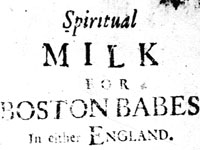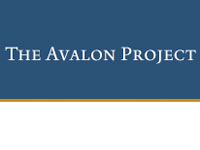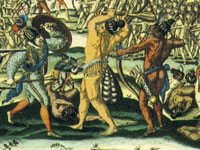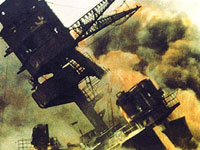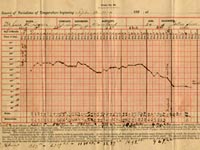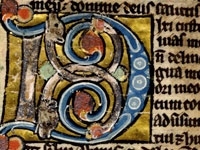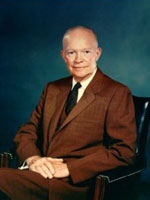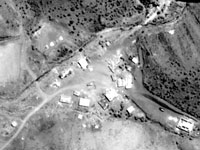The Challenge of Democracy: LBJ in the Oval Office: Johnson's Vietnam Anguish
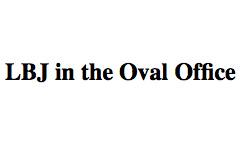
Listen to tapes of four telephone conversations about the Vietnam War secretly recorded by Lyndon Johnson in the Oval Office. Johnson recorded these conversations with Adlai Stevenson, McGeorge Bundy, Richard Russell, and Press Secretary George Reedy in 1964. In his four-minute conversation with Stevenson, Johnson attempts to get the U.N. Ambassadors opinion on the situation in Vietnam and Laos. Bundy spoke to Johnson for seven minutes about communicating with North Vietnam through Canada. Johnson spoke to Reedy for ten minutes about Dean Rusks activities. Johnson spoke with Russell for 26 minutes about his anxieties regarding American involvement in Vietnam. The site offers 30-word descriptions of the conversations and is linked to both the Houghton Mifflin textbook, Challenge of Democracy, and to History and Politics Out Loud, a site created by Jerry Goldman, one of the books authors. This site will be useful for research on Johnson, the Vietnam War, and the Presidency.
